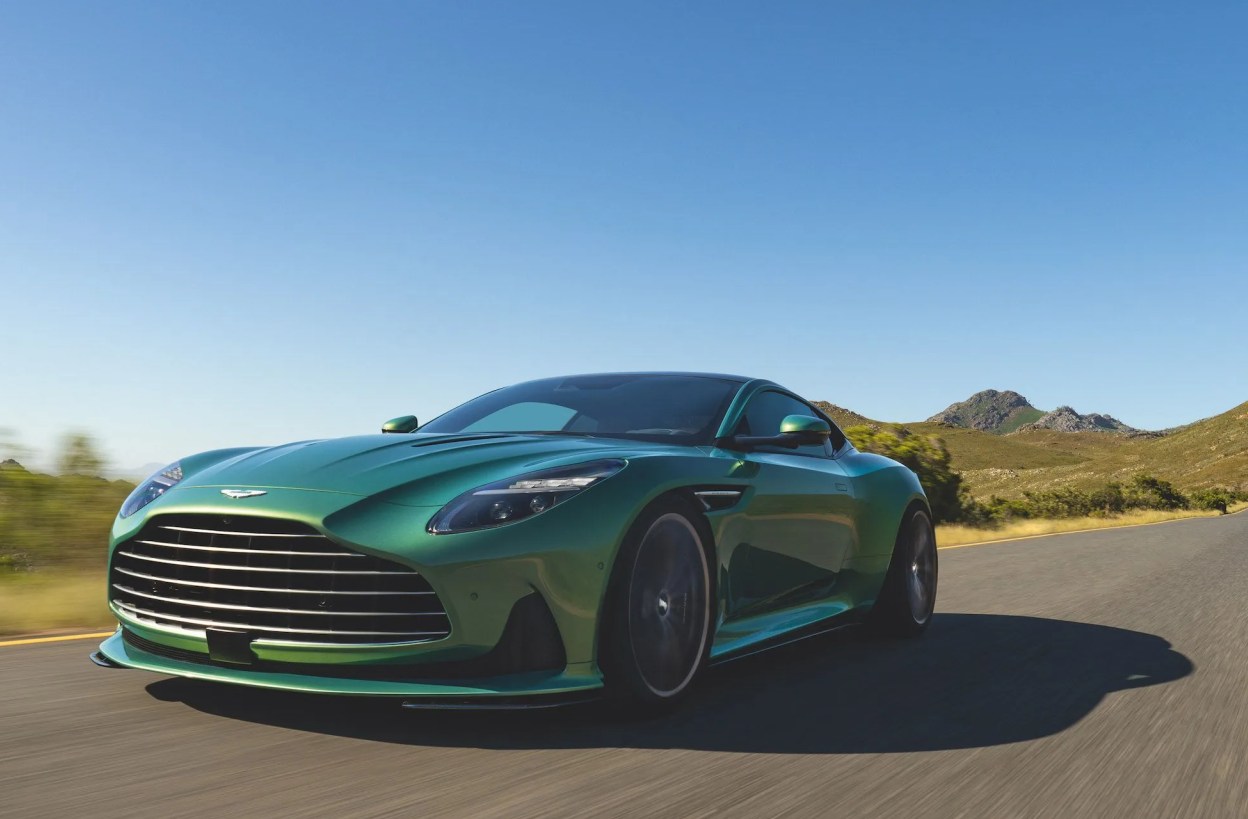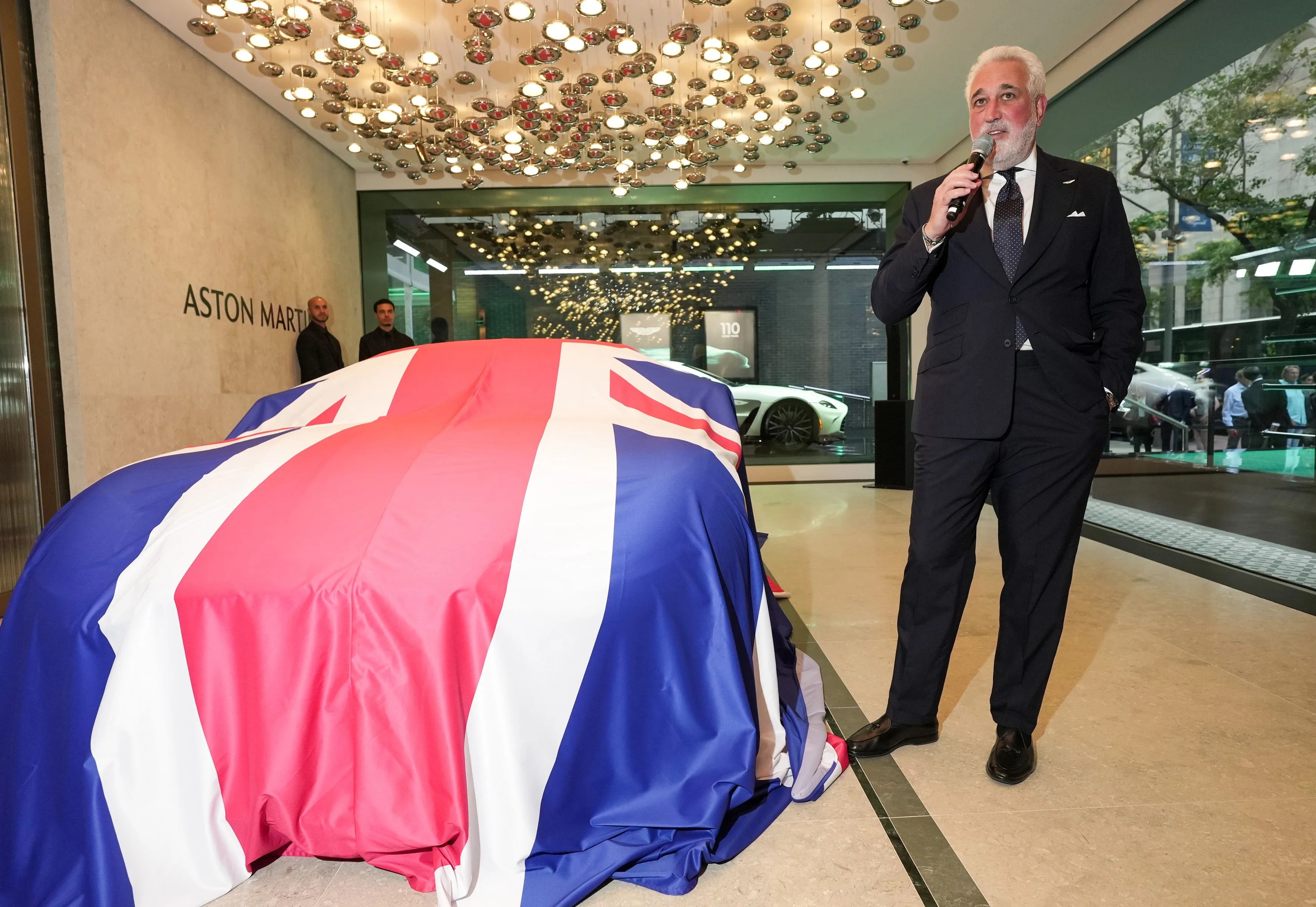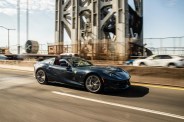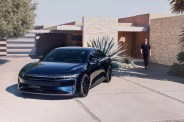The Aston Martin brand is no stranger to drama. Not just in the design of its cars, its association with one of the most legendary cinematic action franchises in history or its long, proud history of racing battles; Aston Martin has also had quite the dramatic corporate history.
For the first three-quarters of a century of its life, the brand bounced around between wealthy gentlemen owners, most of whom went on to leave little mark on Aston Martin history beyond keeping it alive. (The main exception: David Brown, who brought the carmaker to its arguable pinnacle of cultural relevance in the 1950s–60s and whose initials still make hide in the names of many of the brand’s cars.) In 1987, Ford Motor Company scooped up the carmaker, eventually slotting it aside other acquisitions Volvo, Jaguar and Land Rover as the crown jewels of the carmaker’s portfolio … at least, until it became clear those brands weren’t worth keeping around. In 2006, FoMoCo auctioned it off, at which point it rejoined the wheel of being passed around groups of wealthy owners.
The most recent era for the brand kicked off in 2020, when Canadian billionaire Lawrence Stroll pulled together a consortium of investors to gain a controlling interest in the carmaker, becoming its executive chairman. Stroll, whose combination of a sharp, serious demeanor and polite nature give him the manner of a Canuck Logan Roy, says he came in with two main goals: to align demand with supply — “always make a few less than needed,” as he put it — and to transform Aston Martin into a true high performance ultra luxury car company.
Stroll makes no bones about admitting he came in with work to do. “I hadn’t believed the performance and technology matched the beauty” of the cars when he arrived, he told journalists during a wide-ranging roundtable interview. That’s already begun to change with the arrival of the new DB12, the first of a new range of sports cars developed under his tenure; while it shares its skeleton with the DB11, it’s been thoroughly revamped to deliver more engaging performance and a more upmarket interior worthy of a true top-tier carmaker.

Part of the plan to develop the brand, as with many a luxury company these days, is to push Aston Martin further upmarket — one aspect of which being the creation of new studio spaces for the brand’s Q customization division. Q’s success has been skyrocketing in recent years; take rate for the division’s bespoke wares is up 52 percent in the United States just between this year and last, according to Stroll.







